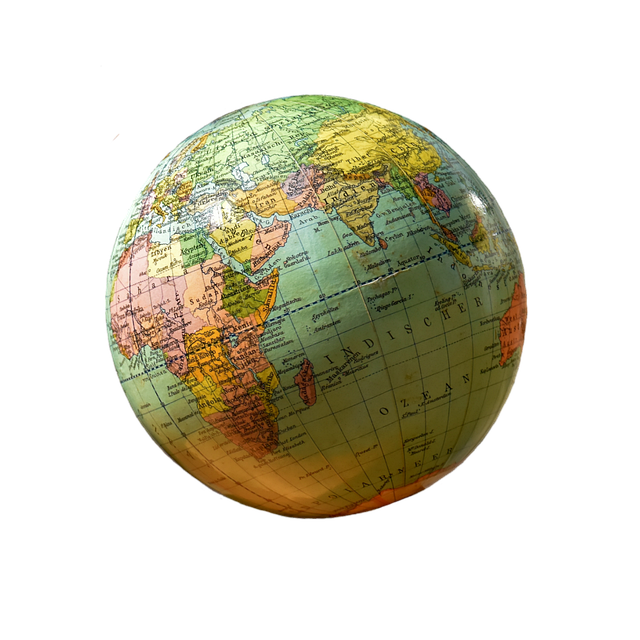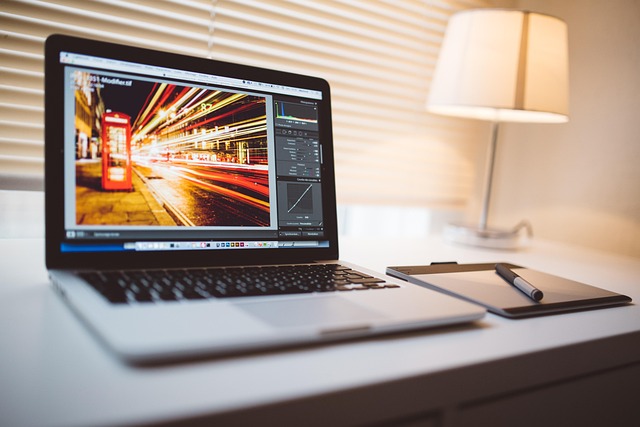In the fast-paced world of television content creation, the art of cropping plays a vital role in shaping the viewer’s experience. Beyond the mere act of trimming away unwanted footage, cropping encapsulates a technical finesse and a deep understanding of visual storytelling that captivates audiences and breathes life into every frame.
With the evolution of display technology, content creators now have access to high-resolution monitors that allow for unparalleled detail. This advancement gives rise to more intricate cropping techniques that can significantly enhance the narrative. Whether it’s emphasizing a character’s emotions or isolating a pivotal moment in a scene, the right crop can direct the audience’s focus, sharpening their connection to the story.
The technical aspects of cropping involve a balance between aesthetics and functionality. For instance, knowing how to apply the Rule of Thirds” can make a dramatic difference in the overall impact of a shot. By positioning key elements along the lines or intersections of a grid, creators can cultivate a more engaging visual experience. A well-cropped scene invites the viewer’s eye to explore, creating a dynamic interaction that holds their attention.
Moreover, as streaming platforms and smart TVs continue to dominate the market, the importance of understanding various screen ratios cannot be overstated. Different devices might require different cropping strategies, reflecting the diverse ways audiences consume content today. A skillfully tuned cropping strategy ensures that viewers experience the content as intended, regardless of the medium.
Furthermore, the role of cropping extends to the emotional dimension of storytelling. By adjusting the composition of a shot, creators possess the power to invoke specific feelings. A tightly cropped close-up can elicit empathy, drawing the audience into a character’s struggles and triumphs. On the flip side, a wide crop can establish a sense of isolation or grandiosity, setting the stage for epic narratives.
As we navigate this intricate landscape of television content, the visualization that happens behind the scenes—especially through cropping—profoundly influences audience engagement. Every meticulous decision made during the editing process is a reflection of the creator’s vision, aimed at delivering an immersive experience that resonates well beyond the screen.
With cropping being one of the many tools in a content creator’s arsenal, its significance can never be underestimated. As technology continues to advance, the promise of even more innovative cropping techniques waits on the horizon, ready to push the boundaries of storytelling and engage viewers in ways they never thought possible.




